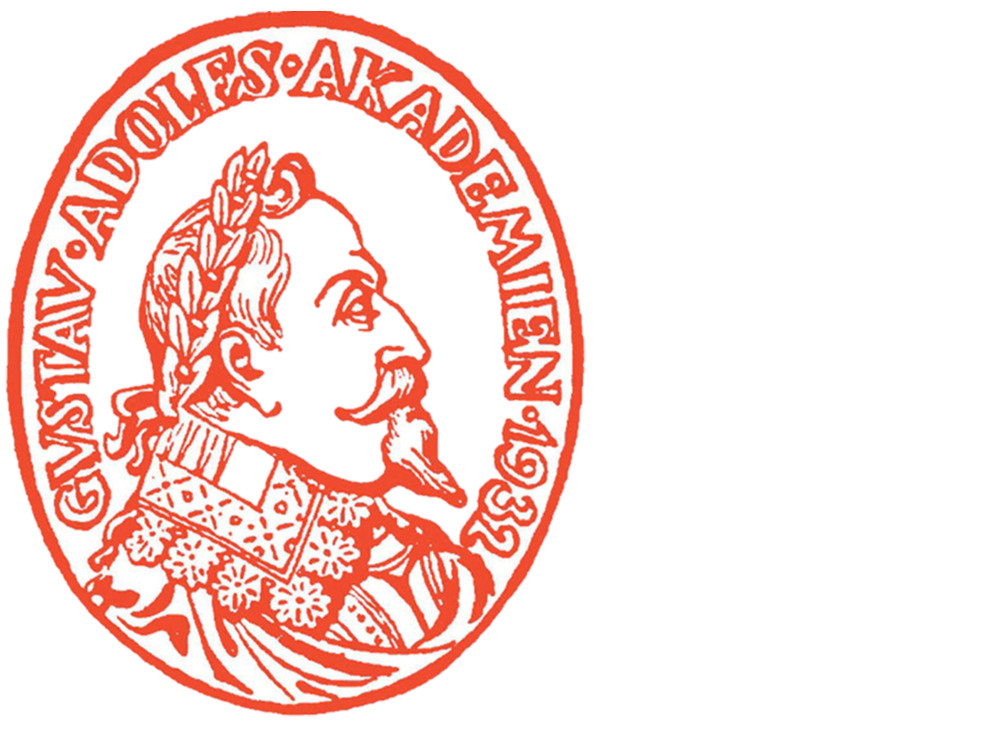Variation mellan kort- och långstavighet i finlandssvenskt talspråk
DOI:
https://doi.org/10.69824/svlm.146.25714Abstract
The feature kortstavighet, i.e. a short vowel followed by a short consonant (VC) in two-syllable words, is one of the most salient patterns distinguishing Swedish spoken in Finland from Swedish spoken in Sweden. The VC feature is a common phenomenon both in the spoken standard language and the dialects in Finland Swedish. There is, however, still a lack of studies exploring VC in spontaneous speech by speakers from different regions. Based on sociolinguistic variation research, the study aims to investigate the VVC/VCC and VC variations in two-syllable words. The data consists of recordings from a total of 80 speakers across five different cities (Turku, Helsinki, Vaasa, Porvoo and Tammisaari). The speakers are of different genders and ages and have different social backgrounds in terms of level of education and occupational status. The results show large individual differences. The variation partly correlates with education level and occupational status as well as with regional background, while gender and age do not seem to be as significant. Regardless of their regional background, those with higher levels of education and higher occupational status use the variants in a similar way, i.e. more long vowel variants and fewer short vowel variants. This applies both to the frequency of different variants and to the type of words occurring in different variants. Those with lower levels of education and lower occupational status use more short vowel variants and fewer long vowel variants. However, there are some regional differences among these speakers in terms of the type of words occurring in different variants.
Publicerad
Referera så här
Nummer
Sektion
Licens
Copyright (c) 2024 Författarna

Det här verket är licensierat under en Creative Commons Erkännande 4.0 Internationell-licens.
Innehåll publicerat i Svenska landsmål och svenskt folkliv i årgång 2023 och senare publiceras under villkoren i Creative Commons-licensen CC BY, och författarna behåller upphovsrätten till sina verk. CC BY-licensen tillåter användning, nedladdning, distribution, länkning till och reproduktion i vilket medium som helst, förutsatt att originalverket är korrekt citerat.




